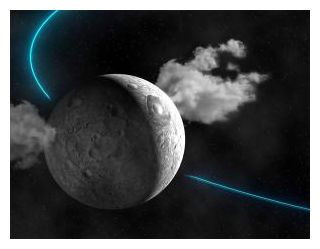
"This is the first clear-cut detection of water in the asteroid belt," says Michael Küppers of the European Space Agency. It backs up indirect signs of water on other asteroids - good news for would-be space miners hoping to use that water as fuel.
Ceres is the largest object in the asteroid belt, the ring of space rocks between the orbits of Mars and Jupiter. It is so massive that its own gravity makes it nearly round, like a planet, earning it the title of dwarf planet alongside Pluto and three other objects beyond the orbit of Neptune.
Astronomers used to believe that asteroids from the main belt were too close to the sun to stay wet, and only comets from the far fringes of the solar system were able to hold onto any water ice. But recently, asteroid-belt objects have been spotted with comet-like tails of dust streaming behind them, suggesting that they too have solid ice on their surfaces that is vaporising and releasing dust into space.

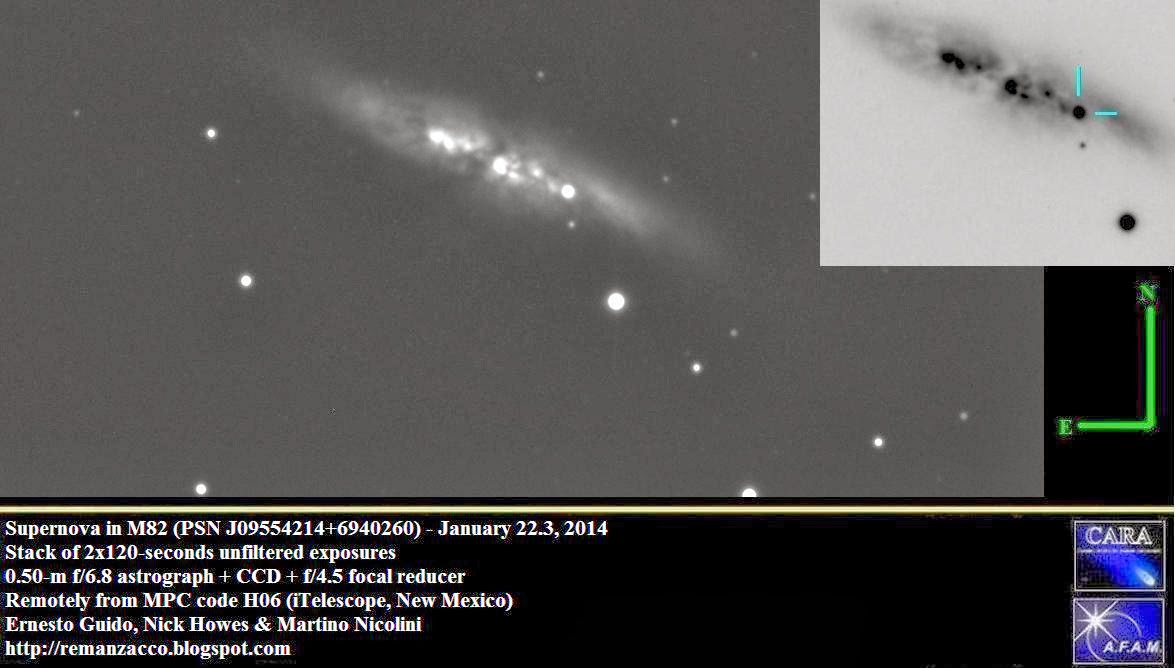

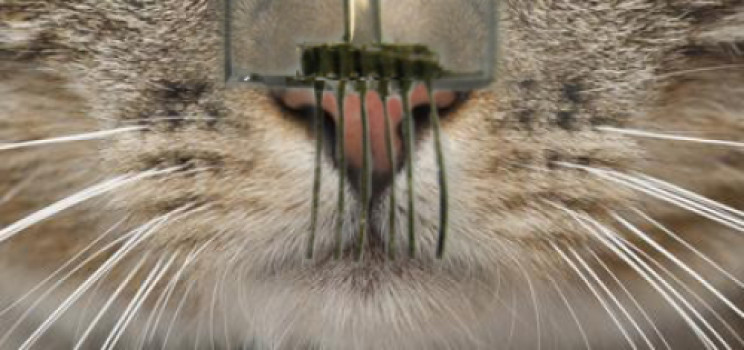
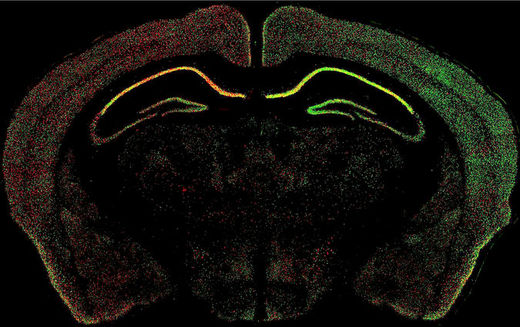
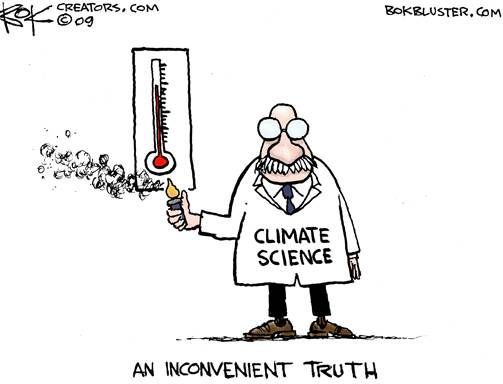


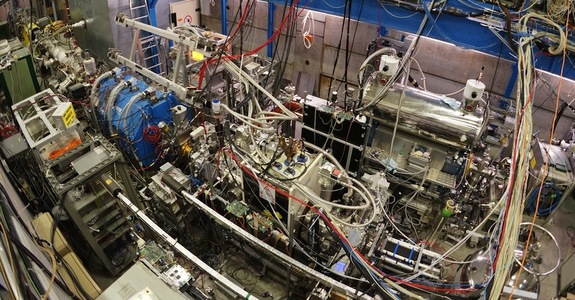



Comment: Also see: Physicist cracks women's random but always lucky choice of X chromosome